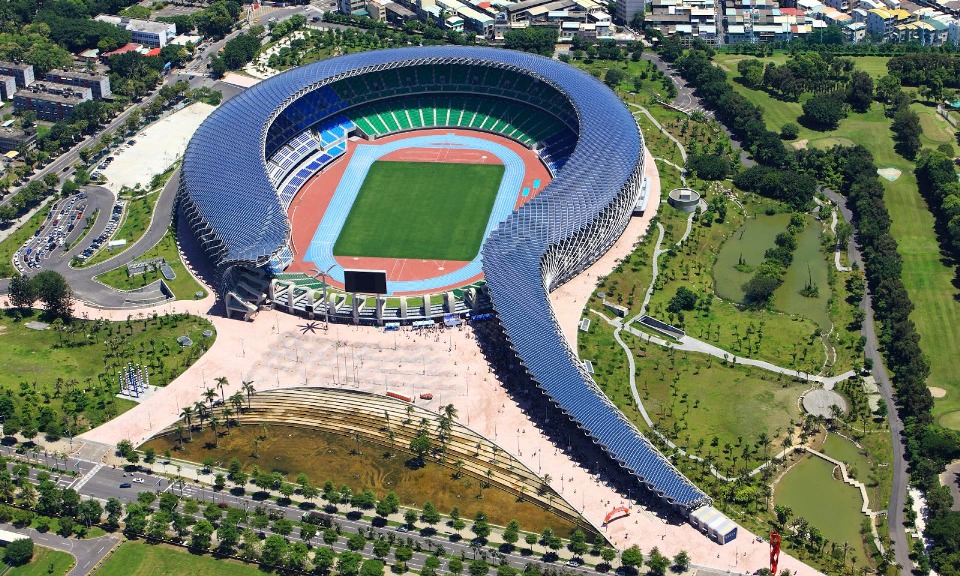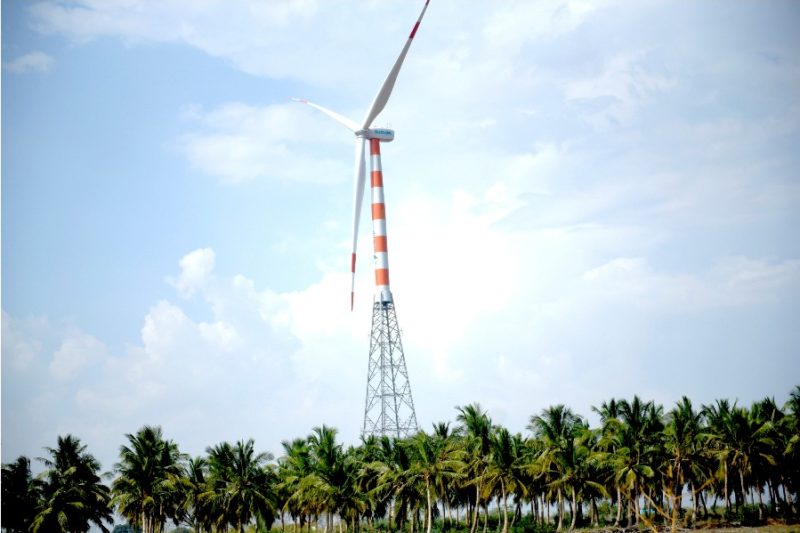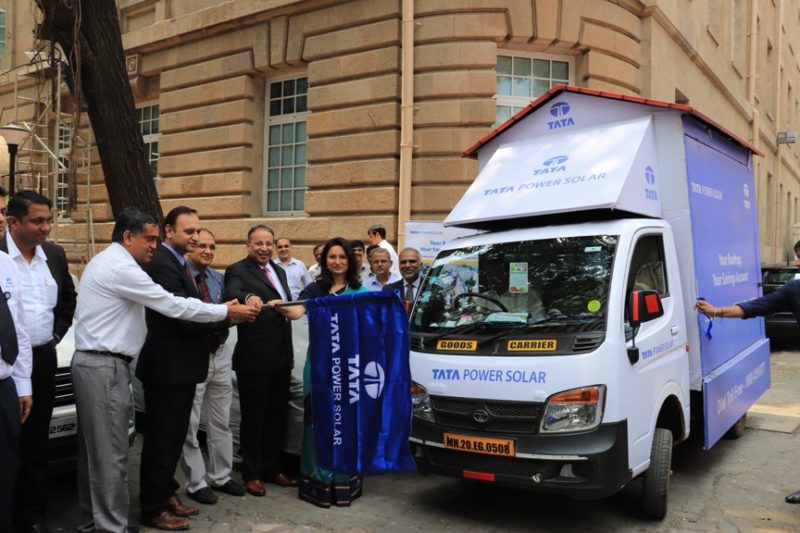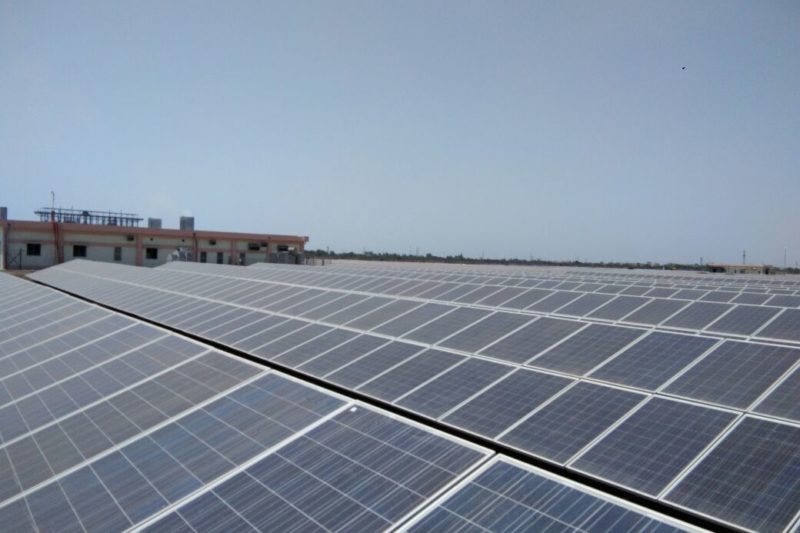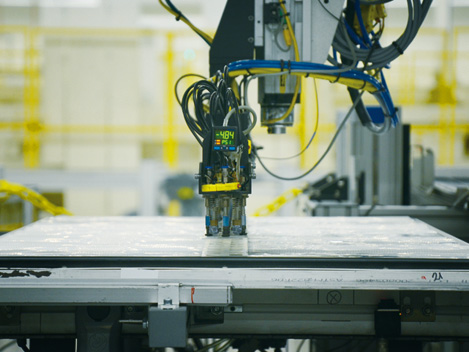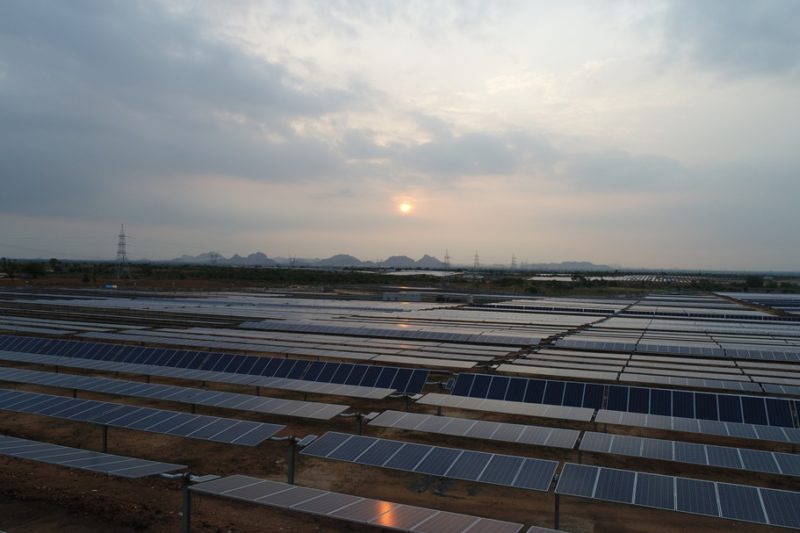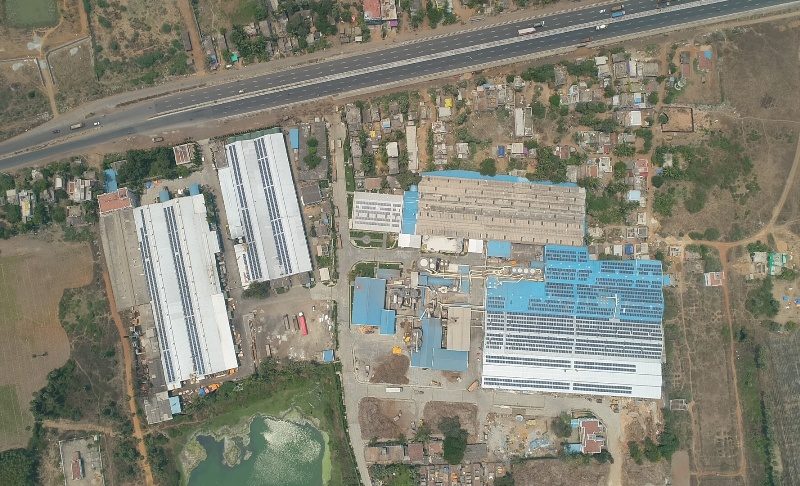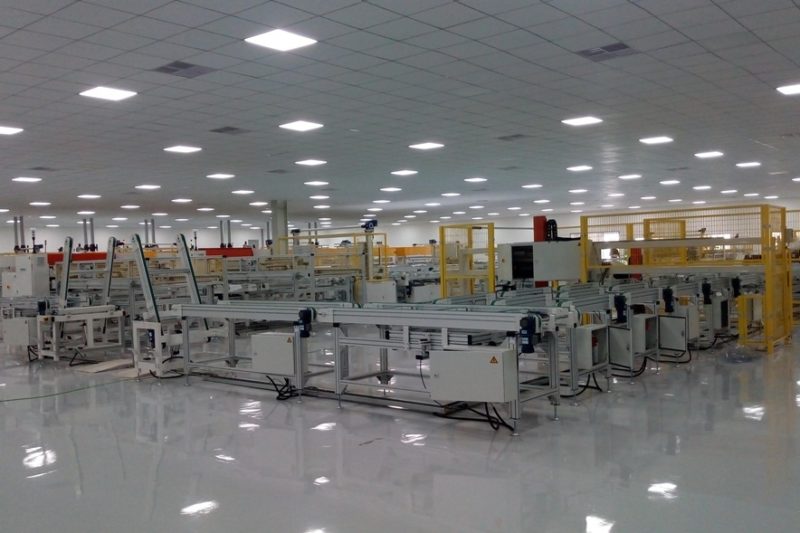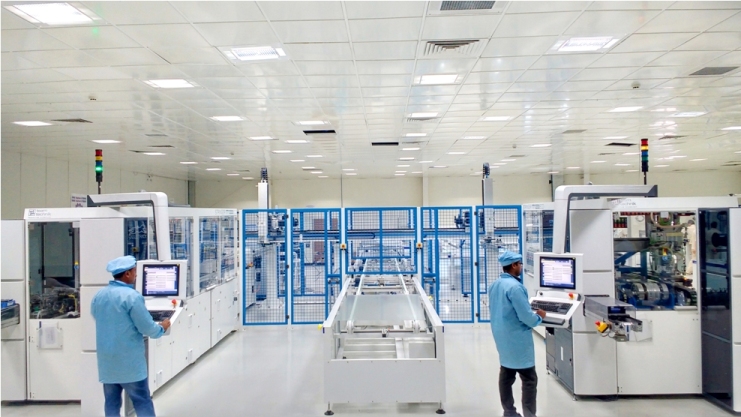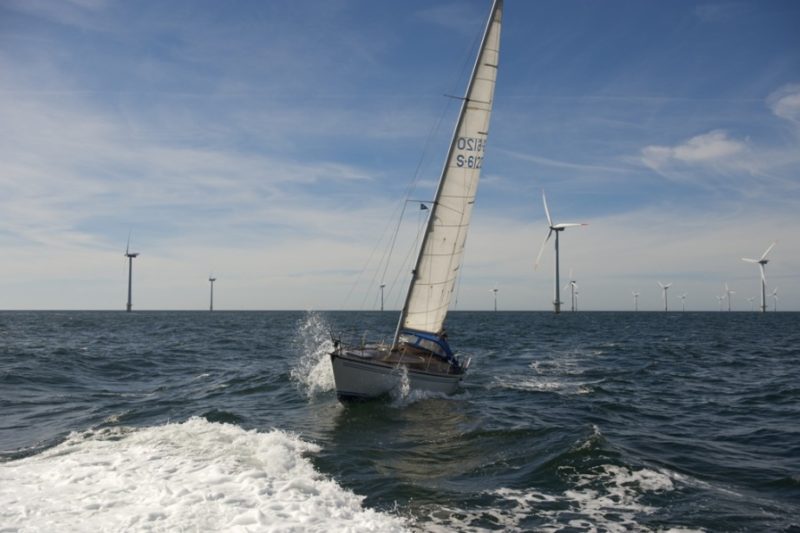Renewables
Black & Veatch expects significant growth in Asia’s green capacity
Taiwan, Philippines, Vietnam, Indonesia and Thailand are major markets with combined solar capacity additions expected to triple in the next five years, while wind capacity additions are expected to grow five-fold in the same period.
Sembcorp completes TN wind project
- Oct 6, 2018
Independent power producer Sembcorp Energy India Ltd and Suzlon Group announced the completion of the first SECI-1 wind power project in India.
Tata Power Solar launches residential solar rooftop service in Mumbai
- Sep 11, 2018
Tata Power Solar, India’s largest solar energy company and a Tata Power subsidiary, launched a complete residential rooftop solution in Mumbai, on September 11, 2018.
ONGC inaugurates 10-mw solar power in Gujarat
- Sep 7, 2018
Oil & Natural Gas Corporation (ONGC) recently inaugurated a 10-mw grid-connected solar plant at the hands of its CMD, Shashi Shanker. The solar power plant was constructed by Vikram Solar on EPC basis.
Hanergy Debuts at Intersolar South America Exhibition 2018
- Aug 29, 2018
Hanergy Thin Film Power Group, a multinational clean energy company, has announced its debut at Intersolar South America, a world’s leading exhibition for the solar industry and its partners.
Suzlon-CLP’s Veltoor solar PV plant gets world’s first quality certification
- Aug 29, 2018
Suzlon Energy has announced that the world’s first solar project quality certificate for photovoltaic (PV) power plants has been awarded to the Veltoor solar power project in Telangana, owned by SE Solar Ltd SE Solar is Suzlon’s special purpose vehicle with CLP India. This joint venture marked Suzlon’s and CLP India’s entry into the solar energy sector.
CenturyPly sets up rooftop solar plant at Chennai unit
- Aug 23, 2018
Century Plyboards India Ltd, popularly known as “CenturyPly,” has announced the installation of rooftop solar panels at the company’s manufacturing unit in Chennai, Tamil Nadu. The company is planning to empower its other manufacturing units with solar power as well within this calendar year.
Waaree becomes India’s largest solar panel maker
- Jul 27, 2018
Waaree Energies, in a release, said that it has become India’s largest solar panel manufacturer. This milestone was crossed with the recent launch of its 1-GW manufacturing plant at Vapi in Gujarat. Together with the Surat plant that was established in 2007 and that has a capacity of 500 mw, the total solar panel manufacturing capacity of Waaree has reached 1.5 GW per year.
Swelect gets BNEF recognition as Tier-1 manufacturer
- Jun 30, 2018
Swelect Energy Systems Ltd has been recognized as “Tier-1 Solar PV Module Manufacturer” by Bloomberg New Energy Finance (BNEF), the highly recognized global industry standard in classifying solar photovoltaic module manufacturers.
Centre targets 30 GW offshore wind power capacity by 2030
- Jun 20, 2018
The Union ministry of new & renewable energy has set a target of 30 GW for offshore wind installations by 2030. The interim target is 5 GW by 2022.


